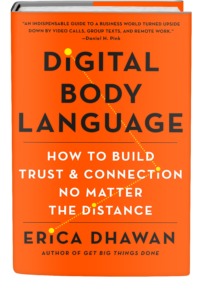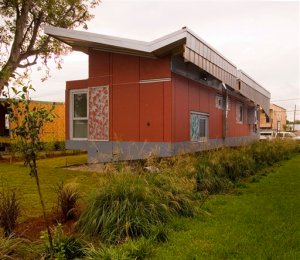When we enter a new community, we come with assumptions. Assumptions are not bad; they are truths that we walk with. Yet when we feel someone does something very offensive in our own community, we often forget to unearth their assumptions and we don’t decipher between their intent and impact.
I recently had a conversation with Jawole Zollar, dancer and founder of Urban Bush women, who uses dance to bring untold stories and histories of marginalized communities to light. We discussed her lessons from movement about the intent and impact when entering new communities to create change
Jawole articulated that the best situations are when intent and impact for change in a community meet together. Bad situations are when there is great intent but the impact is not so good. Ugly situations are when a person entering a community never had a good intention or that the impact was so bad, it doesn’t matter what the intention is.
The Brad Pitt houses in New Orleans depict the difference between intent and impact. After Hurricane Katrina, Brad Pitt formed the Make it Right foundation that built homes in the Lower Ninth. Architects designed beautiful, energy-friendly homes, but people from the lower Nine had no input regarding the ‘spaceship like’ houses that were being built for them. Brad Pitt’s intent was great, but without the neighborhood input, the overall impact made it hard to foster a community around these houses.
As leaders, when you enter new communities, how do you decipher between your intent and impact?


